Tensor G4 vs. A14 Bionic: Detailed Comparison of Features and Specs
Introduction
The A14 Bionic and Tensor G4 are two new advanced mobile processors created for high-performance smartphones. Although the A14 Bionic focuses on energy efficiency and raw performance, the Tensor G4 emphasizes AI-driven features and optimized user experiences for Google devices. A long comparison detailing their specifications, performance, and unique advantages will guide users toward informed decisions.
Specifications
| Feature | A14 Bionic | Tensor G4 |
|---|---|---|
| CPU Architecture | 2x Firestorm @ 3.1 GHz | 2x Cortex-X3 @ 3.0 GHz |
| 4x Icestorm @ 1.8 GHz | 4x Cortex-A715 @ 2.85 GHz | |
| 4x Cortex-A510 @ 2.0 GHz | ||
| Manufacturing Process | TSMC 5nm | Samsung 4nm |
| GPU | Apple Custom 4-core GPU | Mali-G715 MP10 |
| AI Performance | 11 TOPS Neural Engine | 45 TOPS TPU (Tensor Processing Unit) |
| Display Support | Up to 4K resolution | Up to QHD+ @ 120Hz |
| RAM Support | LPDDR4x @ 4266 Mbps | LPDDR5x @ 8533 Mbps |
| Storage | NVMe | UFS 4.0 |
| 5G Modem | Qualcomm Snapdragon X55 | Integrated (Sub-6 GHz, mmWave) |
| Wi-Fi | Wi-Fi 6 | Wi-Fi 7 |
| Bluetooth | 5.0 | 5.3 |
| Power Efficiency | Excellent | Very Good |
| Rating (Score / 100) | 90 | 87 |
Performance Analysis
CPU Performance
- The A14 Bionic’s Firestorm cores are highly efficient for single-threaded tasks, while Tensor G4’s Cortex-X3 cores excel in multi-core performance.
- Winner: A14 Bionic for single-thread tasks, Tensor G4 for multi-threaded tasks.
GPU Power
- A14 Bionic’s custom GPU performs well in graphics-intensive tasks, but Tensor G4’s Mali-G715 MP10 offers better gaming and high-refresh-rate experiences.
- Winner: Tensor G4.
AI & Machine Learning
- Tensor G4’s TPU offers unparalleled AI performance, especially for tasks like image processing and real-time translation.
- Winner: Tensor G4.
Energy Efficiency
- The A14 Bionic, built on TSMC’s 5nm process, is more energy-efficient, providing better battery life in day-to-day tasks.
- Winner: A14 Bionic.
Connectivity
- Tensor G4 offers more advanced connectivity options, including Wi-Fi 7 and mmWave 5G, compared to the A14 Bionic’s older modem and Wi-Fi 6.
- Winner: Tensor G4.
Buying Recommendation
- A14 Bionic: Ideal for users who prioritize power efficiency, single-core performance, and long-term iOS optimization.
- Tensor G4: Perfect for those seeking advanced AI capabilities, superior connectivity, and a smoother Android experience.
Your question and our opinion about the Tensor G4 vs. A14 Bionic
Which is better for AI tasks, A14 Bionic or Tensor G4?
- Tensor G4 is better due to its 45 TOPS TPU optimized for AI workloads.
Does Tensor G4 offer better gaming performance than A14 Bionic?
- Yes, Tensor G4’s Mali-G715 GPU excels in gaming performance.
Which processor is more energy efficient?
- A14 Bionic is more energy-efficient thanks to its TSMC 5nm design.
Is Tensor G4 better for multitasking than A14 Bionic?
- Yes, Tensor G4’s multi-core performance is superior.
Which chipset has better 5G support?
- Tensor G4 offers better 5G support with integrated mmWave and Sub-6 GHz connectivity.
Can A14 Bionic handle high-refresh-rate displays?
- Yes, it supports up to 4K resolution, but Tensor G4 offers smoother performance with QHD+ at 120Hz.
Is A14 Bionic suitable for gaming?
- Yes, but it lacks the advanced GPU capabilities of Tensor G4.
Which processor supports faster RAM?
- Tensor G4 supports faster LPDDR5x RAM compared to A14 Bionic’s LPDDR4x.
What’s better for photography, A14 Bionic or Tensor G4?
- Tensor G4’s AI-driven photo processing is better for computational photography.
Which processor is future-proof?
- Tensor G4, with its Wi-Fi 7 and UFS 4.0 support, is more future-ready.


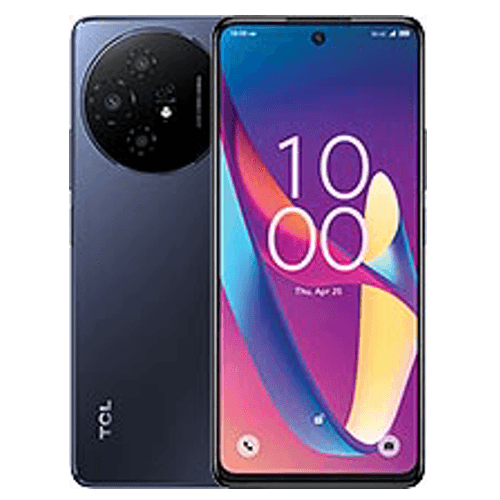
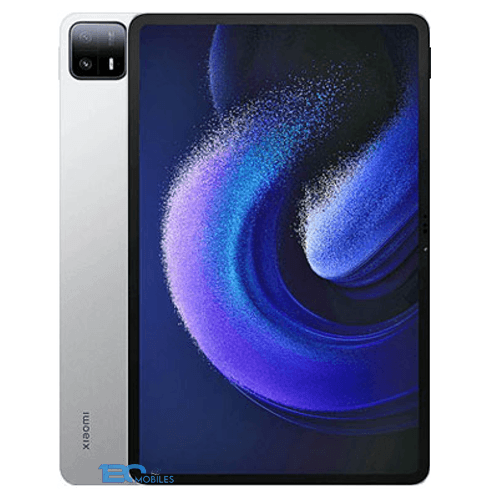

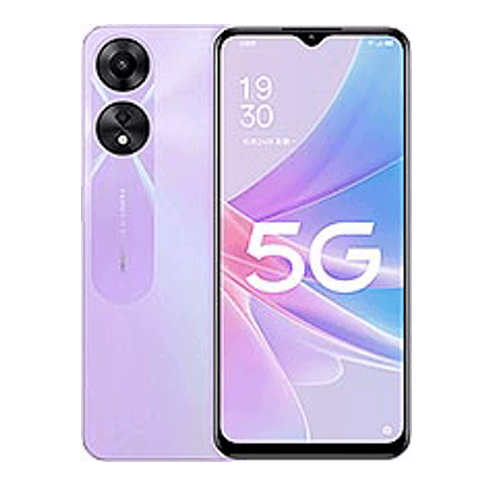


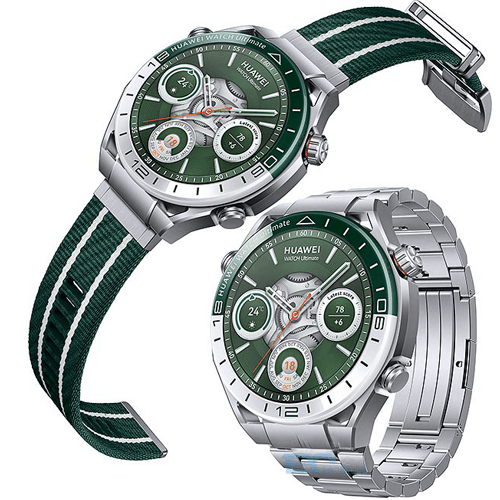




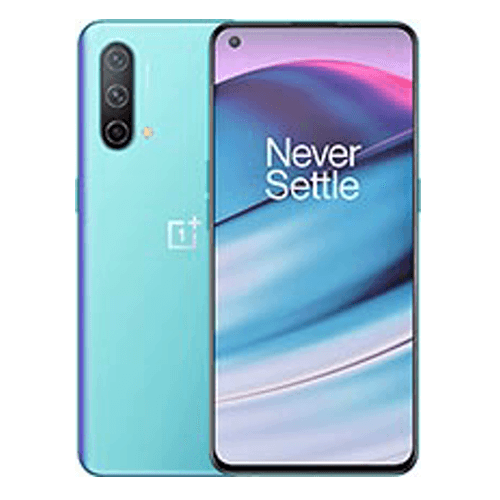

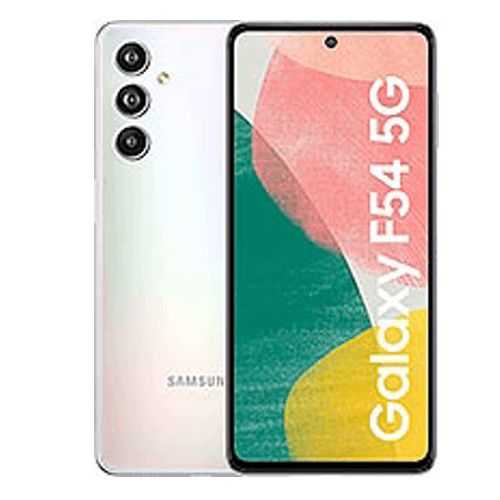
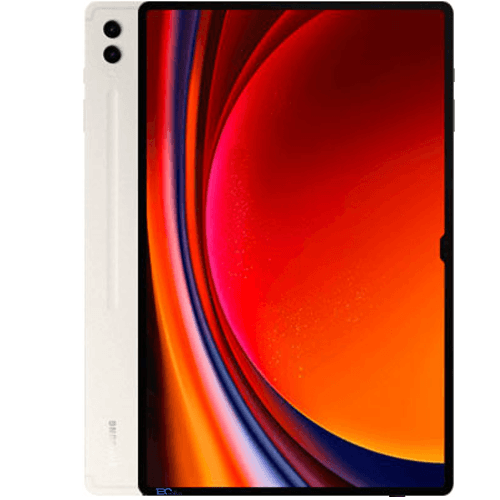
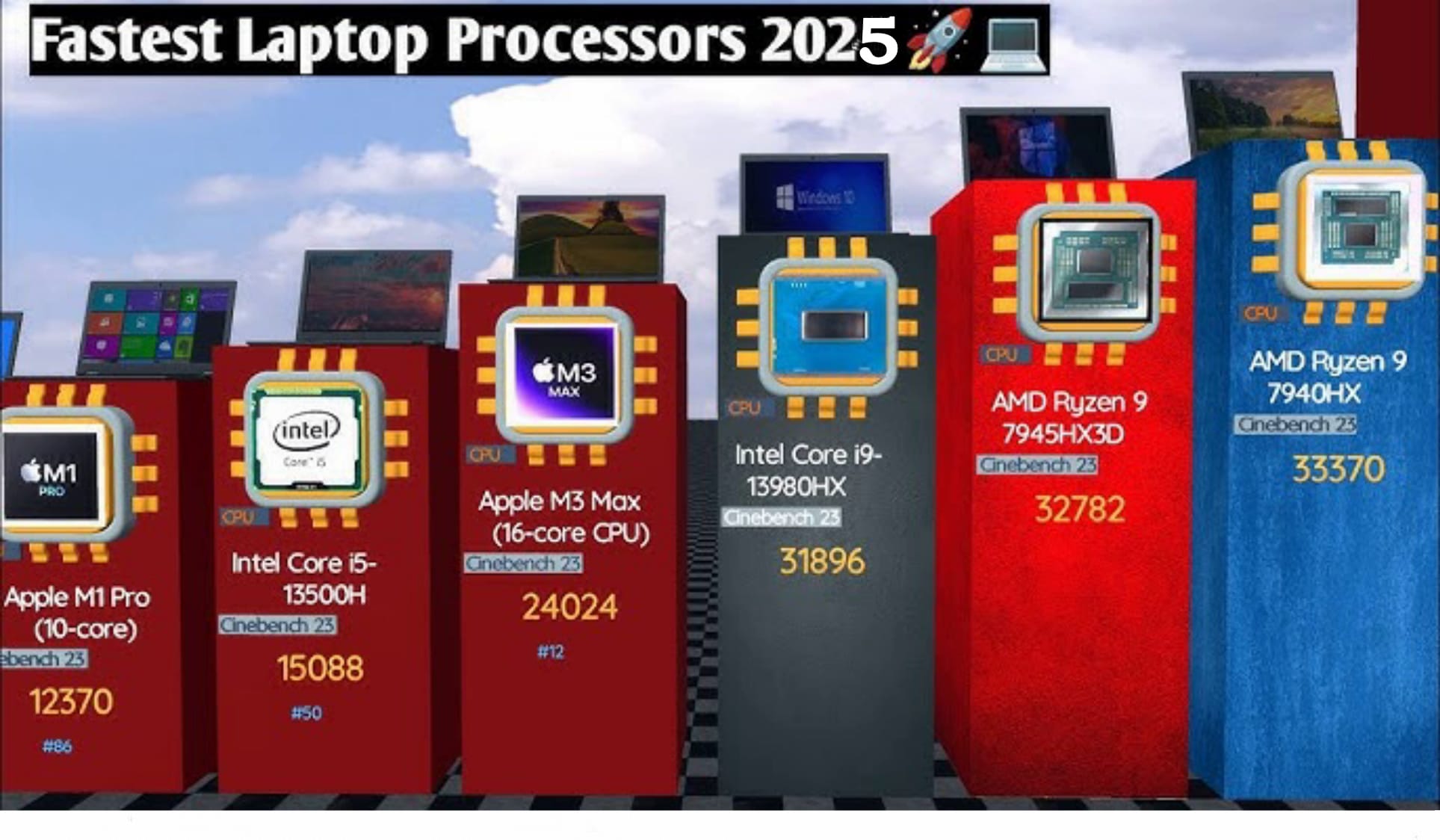
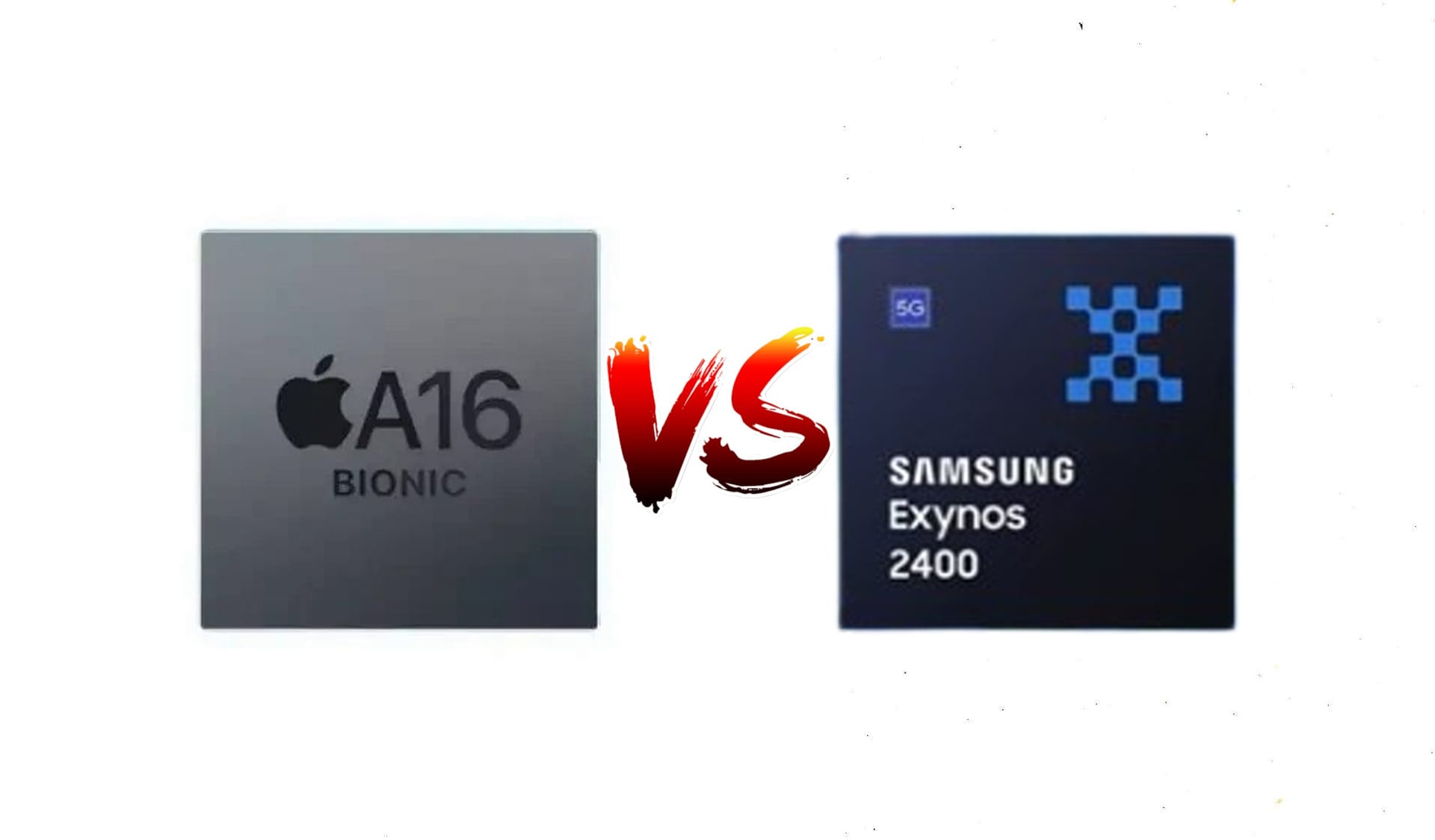




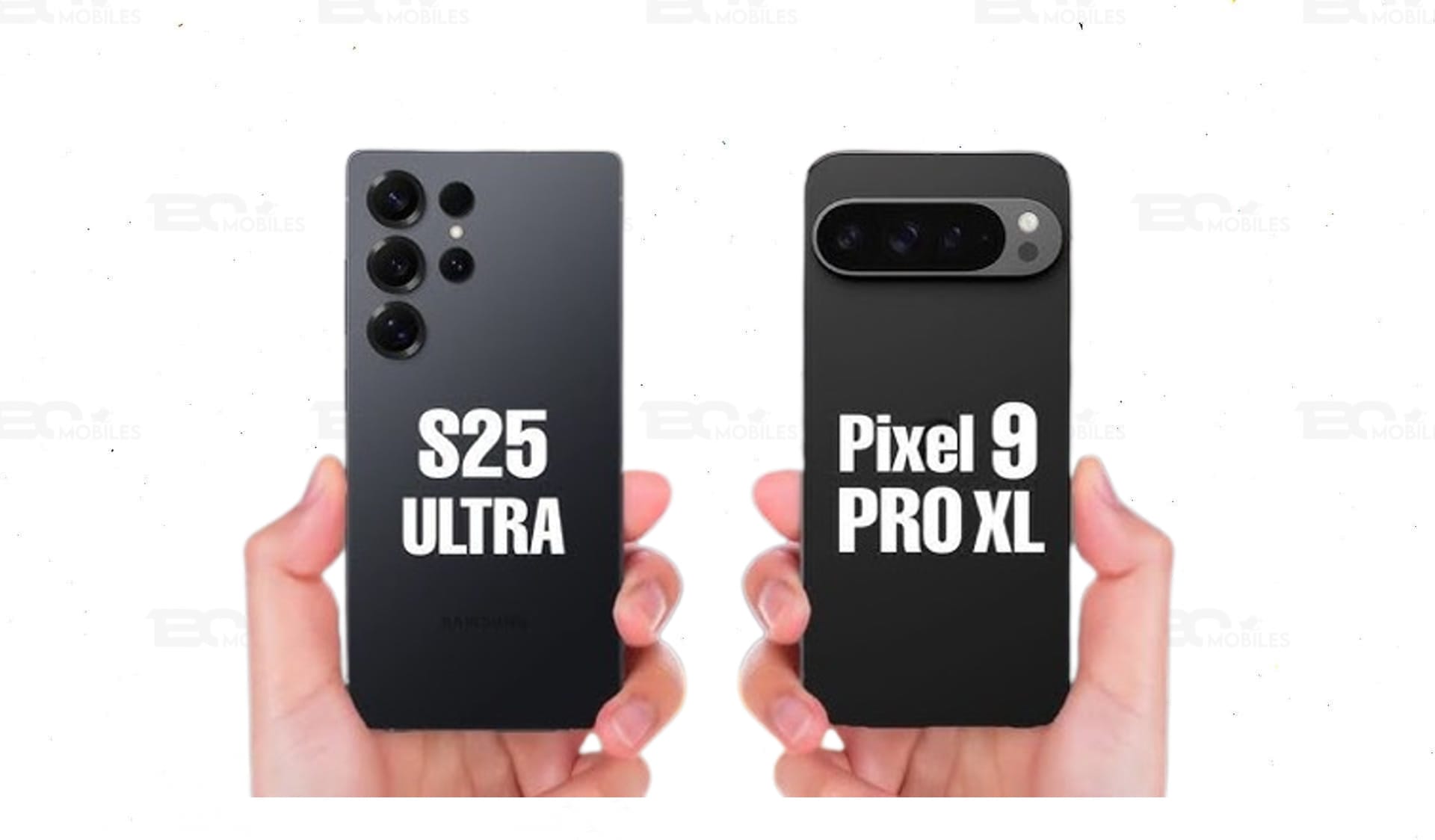



Your point of view caught my eye and was very interesting. Thanks. I have a question for you.